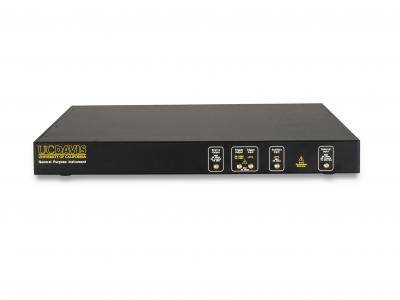Documents
SPM Student Design Project Series Submission
A HIGH PERFORMANCE BASEBAND INSTRUMENT

- Citation Author(s):
- Submitted by:
- Jeremy Webb
- Last updated:
- 30 June 2016 - 2:14am
- Document Type:
- SPM Student Design Project Series Submission
- Document Year:
- 2011
- Event:
- Presenters:
- Jeremy Webb
- Categories:
- Log in to post comments
Testing complex digital signal processors (DSPs) requires a development platform with sufficient
signal bandwidth and system performance to fully exercise the DSP. Without a development plat-
form, verification of DSPs would be limited to monitoring test output signals for an indication of
performance and successful operation. In addition, a development platform with high-speed analog
input and output interfaces to the DSP system allows it to be used directly in many sophisticated
real-time applications. Presented here is a 334-processor development platform for testing of the
Asynchronous Array of Simple Processors (AsAP). This platform, known as the General Purpose
Instrument, is capable of generating and analyzing baseband signals. The General Purpose Instru-
ment simplifies the testing and characterization of the AsAP processor when performing real world
DSP tasks. The General Purpose Instrument is a flexible platform capable of targeting a wide vari-
ety of applications, such as signal generation and signal analysis, and includes: a 12-bit, 500 MS/s
analog-to-digital converter (ADC) input, a dual-channel, 16-bit, 1 GS/s digital-to-analog converter
(DAC) output, a Xilinx Virtex-5 SX50T data path field programmable gate array (FPGA), a Xilinx
Spartan-3A XC3S1400A control FPGA, a 36-Mbit QDR-II static random access memory (SRAM), a
2 GB DDR2 synchronous dynamic random access memory (SDRAM), a 512 Mbit DDR SDRAM, and
two 2 GB microSD cards. The signal analyzer input operates with a −3 dB frequency of 134 MHz,
and has a noise floor of −98 dBm. The signal source output operates with a −3 dB frequency of
138 MHz, a spurious-free dynamic range (SFDR) of 68.49 dBc at a power level of −6 dBFS, and a
signal-to-noise ratio (SNR) of 101.02 dBc.

